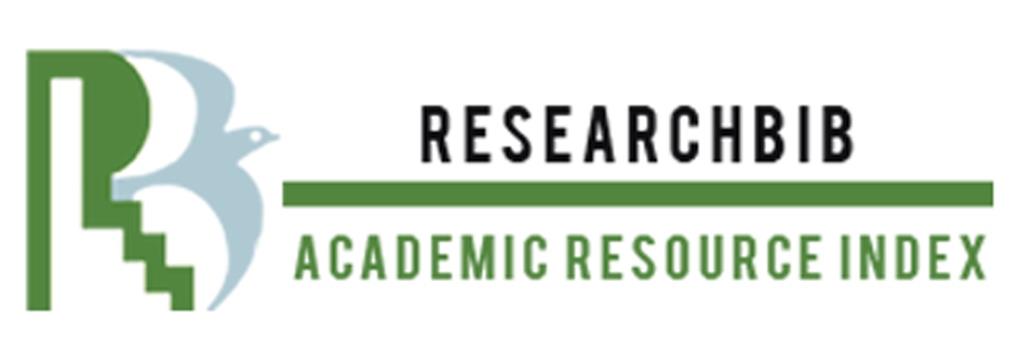THE CREATIVITY OF THE FINNISH EDUCATION SYSTEM AND THE INTEGRATION OF UZBEKISTAN
Abstract
Improvement of creativity, problem-solving skills, and critical thinking give opportunities to create their future and encourage more deserving generations to government. The importance of creativity in the Finnish educational system and its possible application in Uzbekistan. The Finnish educational system is well-known around the world for its cutting-edge methodology, which fosters and values creativity in addition to academic success.
The purpose of this paper is to examine, how the Finnish education system works, how it can affect other countries, and the role of creativity in two countries. The Finnish education system is one of the most popular systems in the world and it is not fully similar to one country. Here, similarities, and differences between the two countries Uzbekistan and Finland have been given with five objectives. The most important aim of the government is to develop skills in children which can be useful in the future.
References
Camposano, J. C. (2017). Design of Product-Service Systems for Finnish Early Childhood Education and Care. https://aaltodoc.aalto.fi/items/bb50950a-fc86-4fc8-8145-8ca3e7c57311
Franko, Anja: Sahlberg, P. (2011). Finnish lessons: what can the world learn from educational change in Finland?. New York: Teachers College Press. [Book review] - In: CEPS Journal 1 (2011) 3, S. 167-170 - URN: urn:nbn:de:0111-pedocs-110986 - DOI: 10.25656/01:11098 https://www.pedocs.de/frontdoor.php?source_opus =11098&la=en
Kirsi Tirri, Seokhe Cho, Doehee Ahn, & Campbell, J. R. (2017). Education for Creativity and Talent Development in the 21st Century. Education Research International, 2017. https://www.hindawi.com/journals/edri/2017/5417087/
Lee Clare, & Richings Lorraine. (2018). An Overview of Evidence for the National Approach to Professional Learning in Education. Open Research Online.
Lee Kuusiehto-Awale, & Tapio Lahtero. (2014). Finnish Case of Basic Education for All-With Quality Learning Outcomes. Journal of Education and Research, 4. https://doi.org/http://dx.doi.org/10.3126/jer.v4il.9619
Marlina, C. N., & Zulfatmi. (2023). Analysis of Teach Like Finland’s Book for The Development of Learning Strategies for Zakāt Material in Islamic Senior High School. Journal of Islamic Education, 6, 202–215. https://doi.org/10.22373/jie.v6i2.18515
Taru Konst, Juha Hakala, Kari Uuskyla, & Esa-Matti Jarvinen. (2017). The Question of Creativity in the Finnish Elementary School Curriculum. Journal of Studies in Education, 209–226. https://www.researchgate.net/publication/ 319481853_The_Question_of_Creativity_in_the_Finnish_Elementary_School_Curriculum
Toirov, S. A., Rahimberdiyev, O. A., & Nasriddinov, D. A. (2023). Finland’s Experience in the Development of Uzbekistan’s Education System, 36–39. https://cyberleninka.ru/article/n/finland-s-experience-in-the-development-of-uzbekistans-education-system














